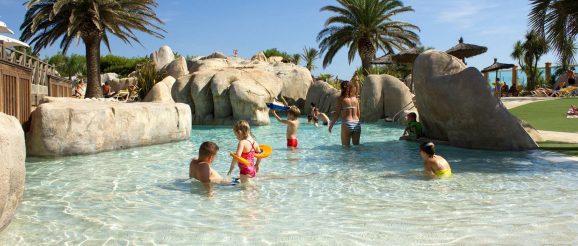Innovation in water treatment

It often happens that an innovation made in one field of activity is then extended and applied to other fields. The invention of a team of engineers from the School of Engineering at Tufts University in Massachusetts, USA, could well be applied to other fields. In their case, the experiment was conducted in the field of water purification. The scarcity of drinking water is a serious problem that affects millions of people around the world, so theirs is not the only research carried out with the aim of making water available in the simplest possible way. However, their work has focused on designing a low-cost, efficient and easy-to-implement system for the automatic dispensing of chlorine into water, as well as thoroughly testing its proper functioning. It is precisely the nature of their innovation, and the possibilities it opens up for its application in Amusement Logic’s sectors of activity, that has caught our attention.
The new device for chlorine dosing in water, created and tested by Tufts engineers, requires no maintenance or power supply. It has no moving or electrical parts susceptible to failure, and can be installed in any water-intake simply, quickly and, therefore, at low cost. Its operation takes advantage of the Venturi effect, a physical phenomenon that occurs with fluids, such as water in this case. This effect consists of the acceleration of flow and reduction of pressure that inevitably occurs when such fluids pass through the narrow section or choke of a pipe. Chlorine, which is supplied from a storage tank and through a regulating needle valve, passes into the water just at this pipe constriction due to the pressure differential. In this graphical illustration of the Venturi effect, the intensity of the blue colour represents the pressure (the darker the colour, the higher the pressure).
The first devices were installed in 26 water supply sheds in and around the city of Kisumu in Kenya. In field tests conducted by the engineering team over a period of ten months, 167 water samples were taken for analysis. Of these, 88% showed a free residual chlorine concentration ≥0.2 mg/L, which is the minimum recommended by the World Health Organisation (WHO) for drinking water, while 98.2% showed a free residual chlorine concentration ≤1.2 mg/L, which is the threshold the researchers set for acceptable water taste. For water in swimming pools and water attractions, the WHO recommends reference levels of free residual chlorine of between 0.5 and 0.2 mg/L. Undoubtedly, and in view of the advantages that this innovation brings to the treatment of drinking water, it opens up a new field of study for its application in the treatment of water in swimming pools, water parks and water attractions in general.
You can obtain more details on the subject from our sources.
